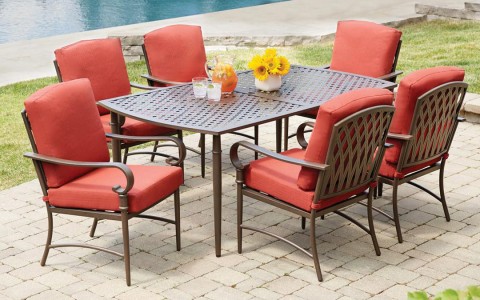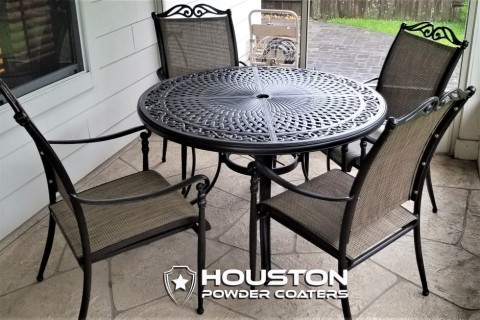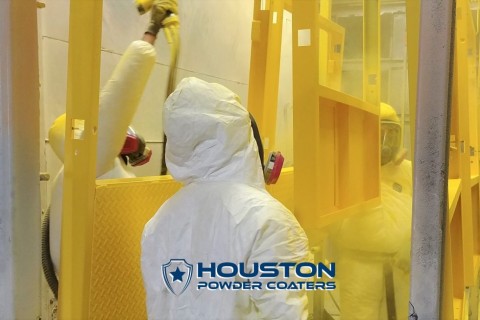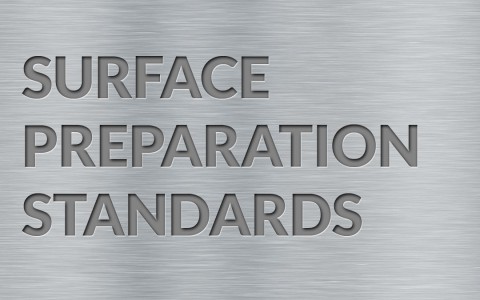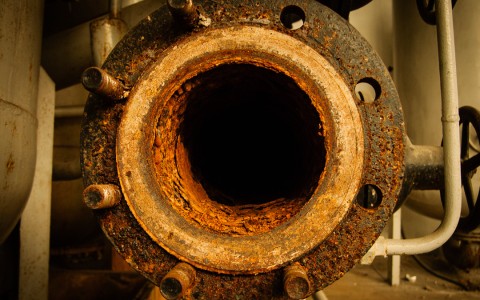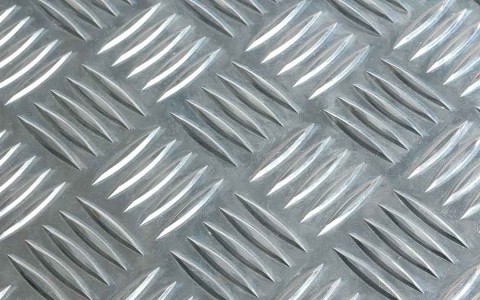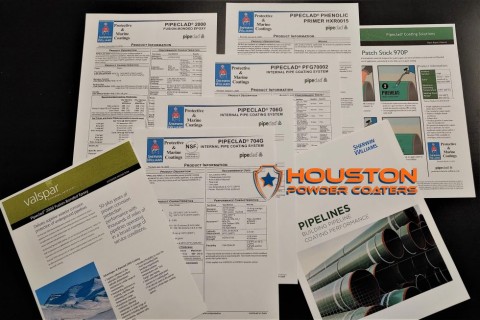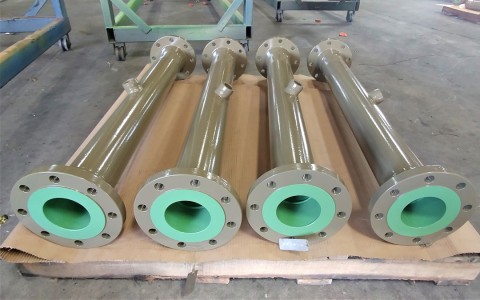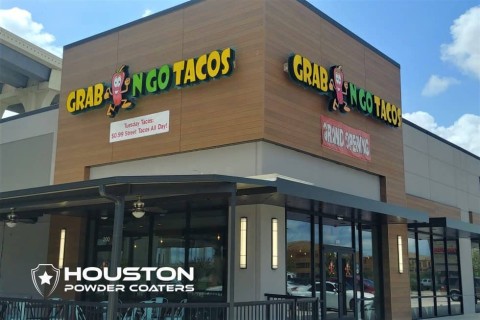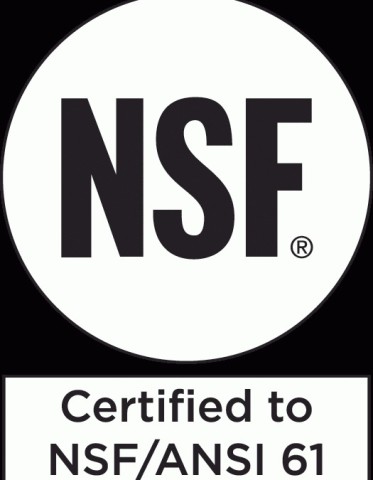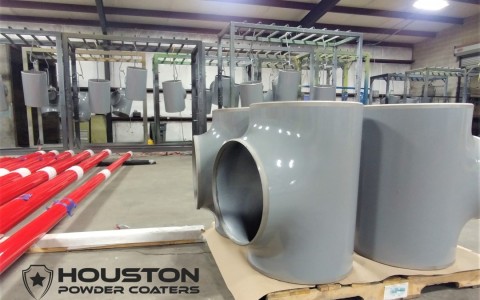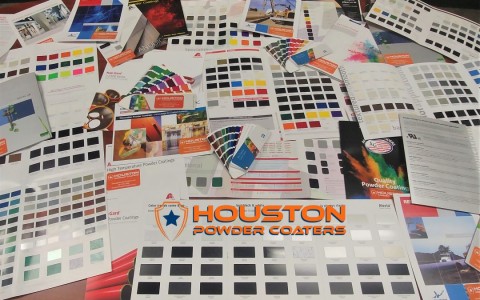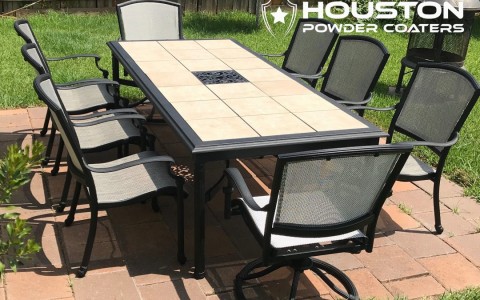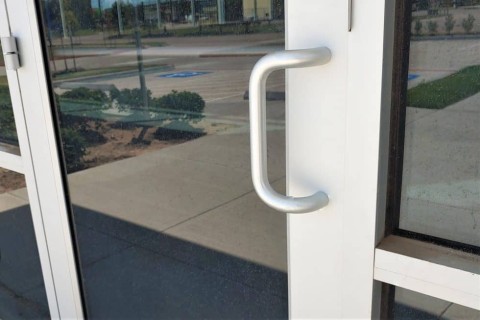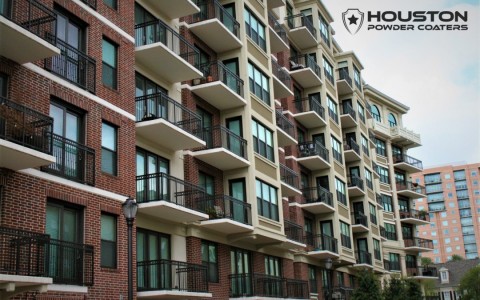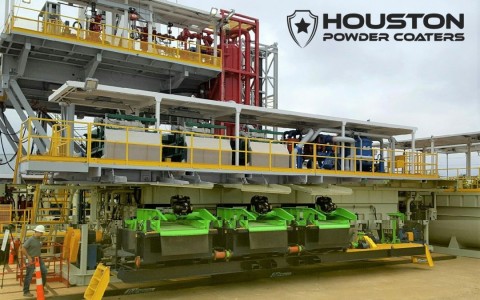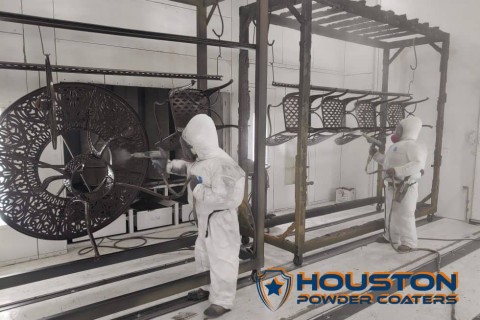Maybe your outdoor furniture has been sitting exposed to the elements for too long. Maybe you just found a great deal on furniture that needs refinishing at a garage sale. Either way, it’s usually fairly obvious when furniture is in need of refinishing, especially outdoor metal furniture. However, before you make the decision on whether or not to refinish, and the method of refinishing, there are some important things to consider.
First: do you actually want to go through with the outdoor furniture refinishing? This question might be especially relevant if the furniture was purchased in its current state, such as from a garage sale or an antique store. Vintage styles are currently popular, so if the piece isn’t too damaged, it might be worth keeping it in its current state for the “charm” factor. However, rust and sharp edges can quickly make a piece of metal furniture unusable, so don’t be shy about getting it refinished.
Once the decision is made to go through with the outdoor furniture refinishing job, additional factors crop up. Is it worth doing the job on your own? DIY refinishing jobs can be rewarding, but also costly in materials, labor, and most importantly, time. If the furniture piece isn’t a labor of love, then getting it professionally refinished is likely the best option.


